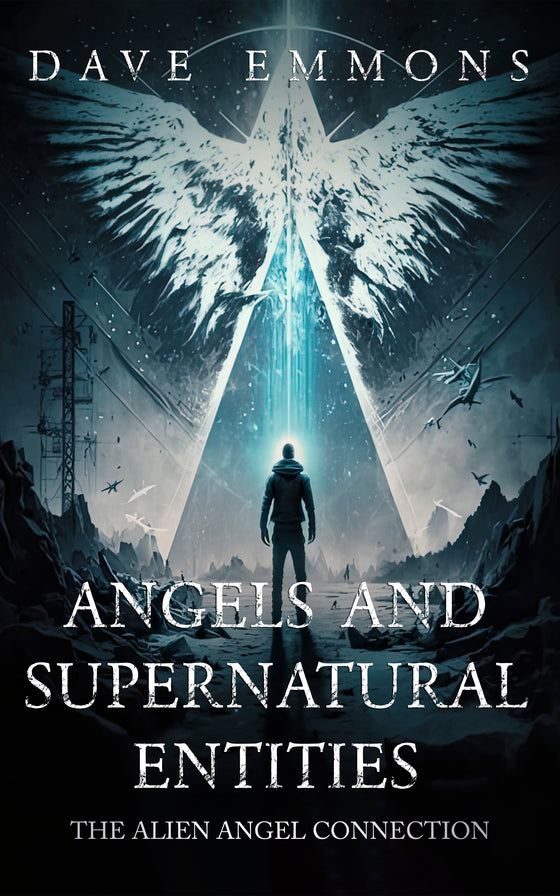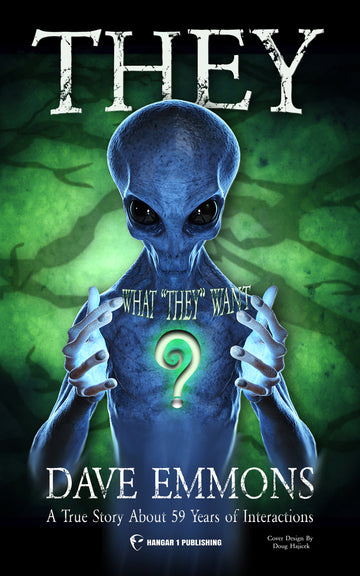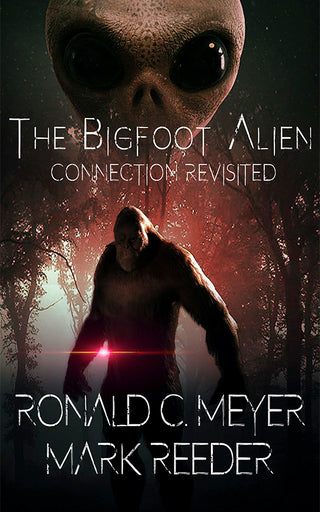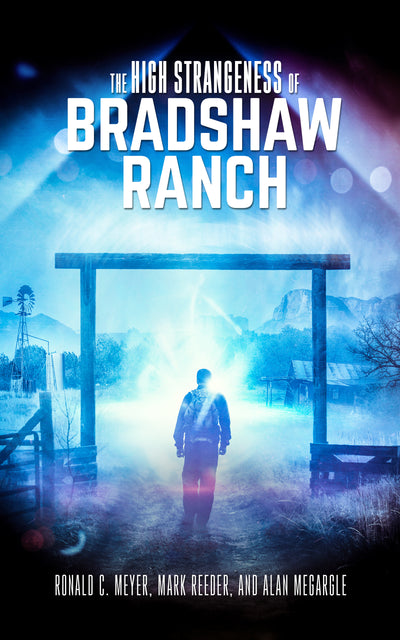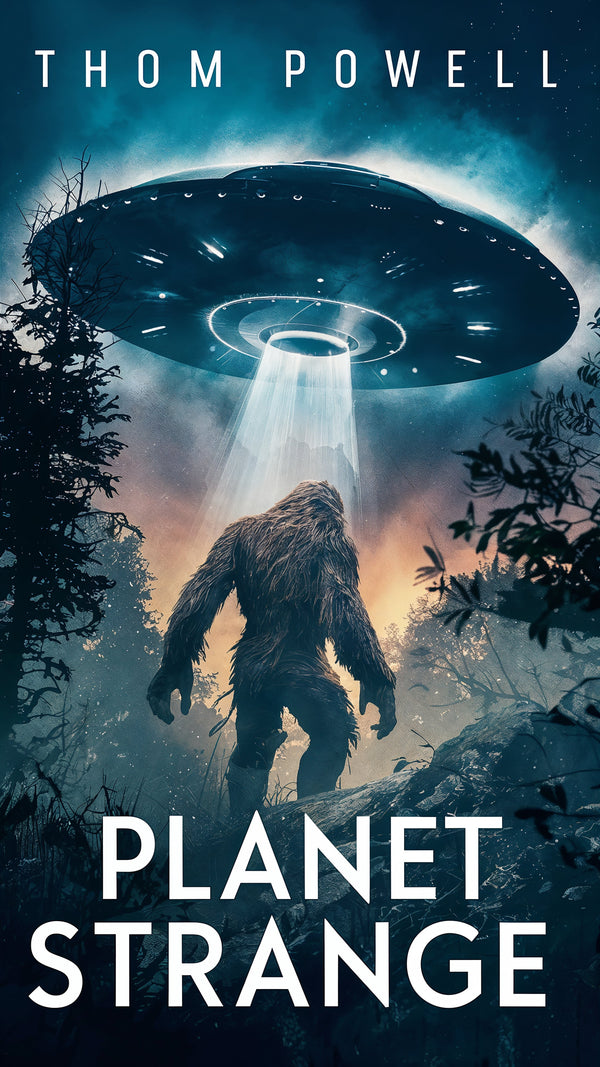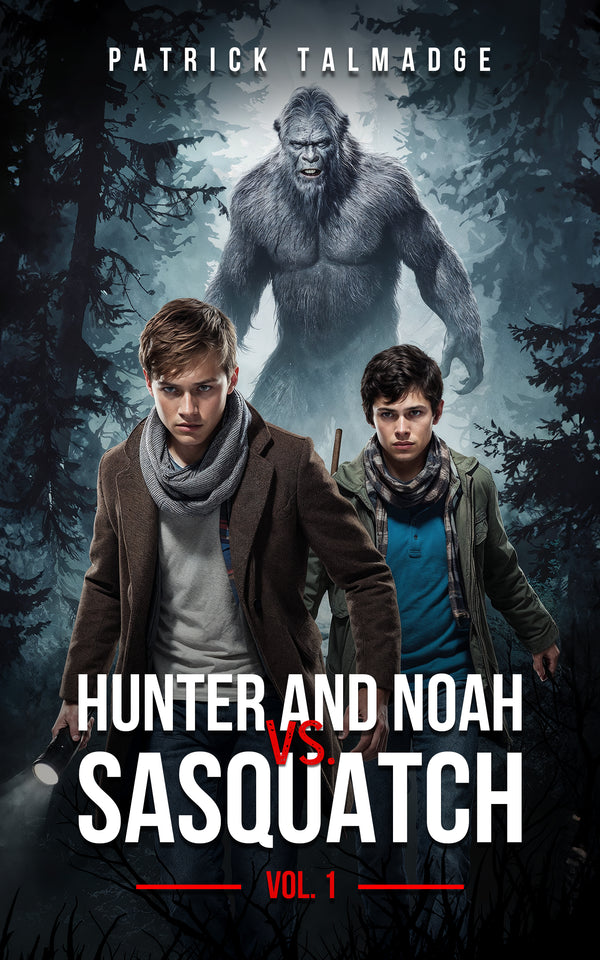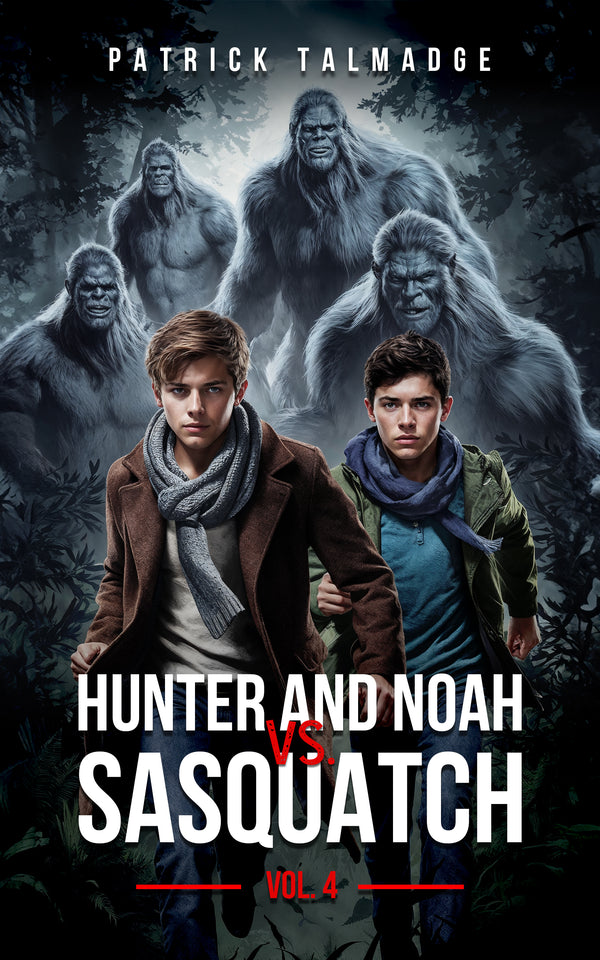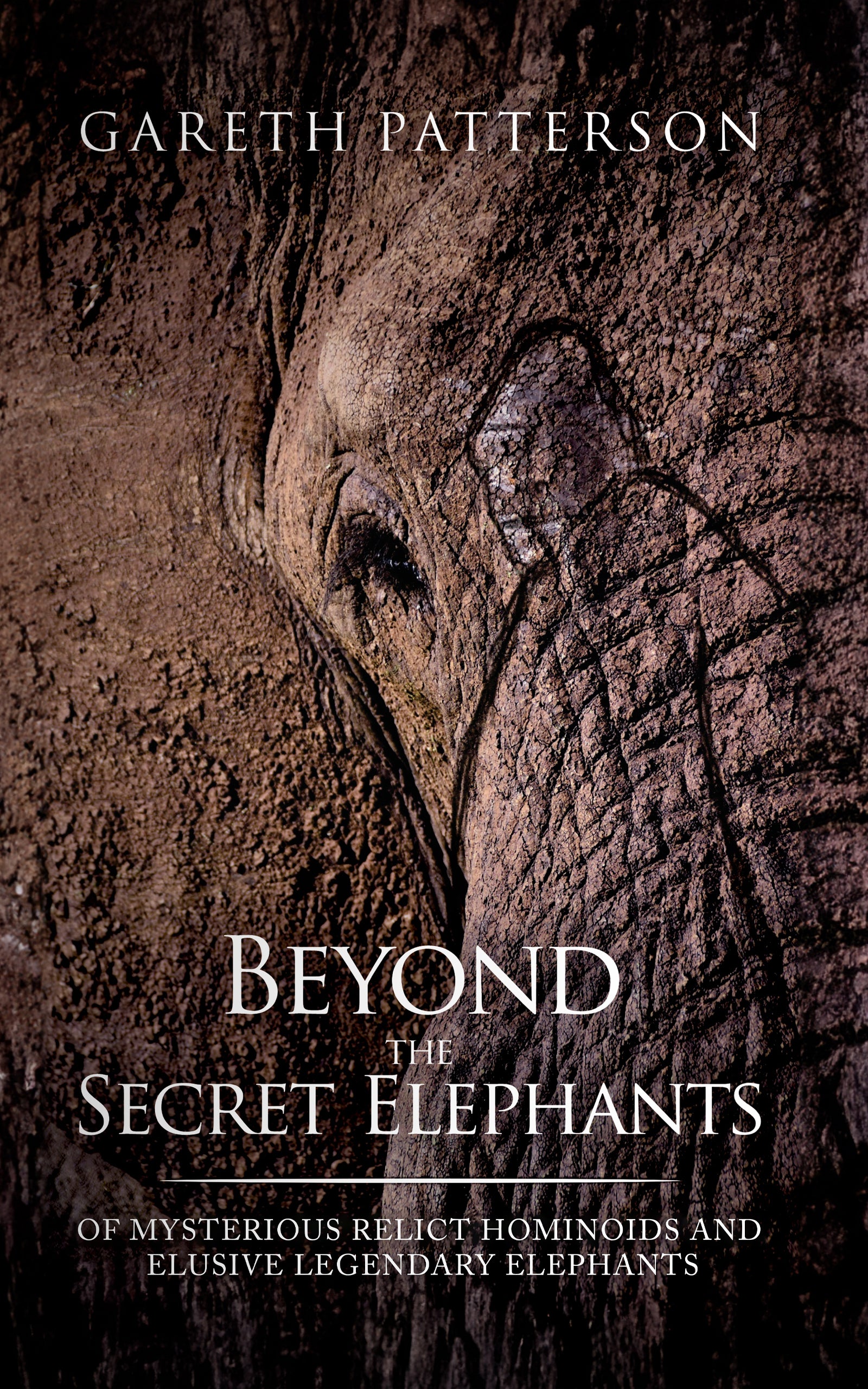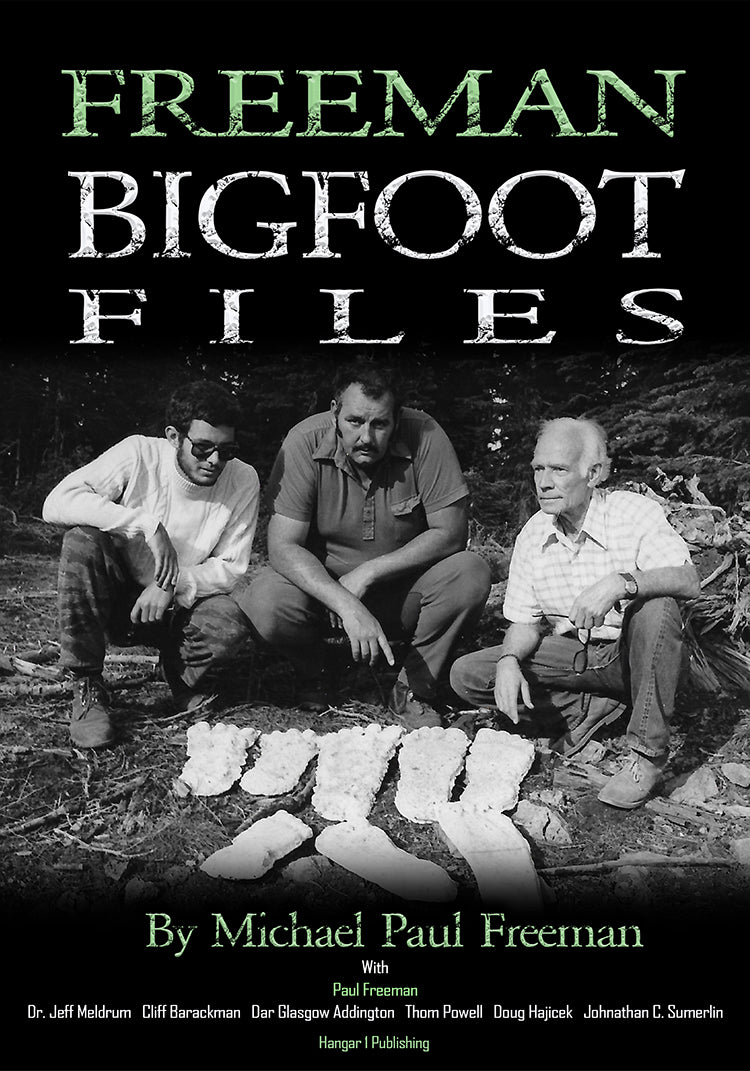Project Pounce: The CIA's 1953 UFO Investigation Lost to History

By Gabriel Chen, Ufologist
I've spent years documenting how different cultures interpret contact experiences, but sometimes the most fascinating mysteries aren't about aliens at all. They're about us: what we believe, why we believe it, and how a single name on a dusty government document can spawn decades of mythology.
Project Pounce is exactly that kind of mystery. The name appears in declassified CIA files from 1953. It was real. And yet everything most people "know" about it is wrong.
What the CIA Documents Actually Say
Let's start with what we can prove. The Durant Report of the Robertson Panel proceedings lists Project Pounce as item number six on the evidence reviewed during their January 14-17, 1953 meetings. The exact wording reads: "Outline of Investigation of U.F.O.'s Proposed by Kirtland Air Force Base (Project POUNCE)."
That's it. That's the entire description.
I've combed through multiple versions of this document. A second CIA file repeats the same line. A third document, prepared for the Director of Central Intelligence, lists it identically. Even a fourth version with a typo ("Cutline" instead of "Outline") confirms the proposal's existence.
Four documents. Four confirmations. Zero details about what the proposal actually contained.
The Condon Report's appendix later reproduced this evidence list, cementing Pounce's place in the historical record. The Robertson Panel documentation shows it was considered alongside reports on green fireballs and the famous Tremonton, Utah footage.
Why Kirtland Air Force Base?
The location matters more than most researchers realize. Kirtland Air Force Base wasn't just any military installation. In 1953, it sat at the heart of America's nuclear weapons complex, surrounded by Los Alamos, Sandia Labs, and White Sands Proving Ground.
Starting in late 1948, this sensitive airspace became ground zero for "Green Fireball" sightings. These weren't your typical meteors. Witnesses described them as intensely bright, horizontally traveling objects that seemed to deliberately overfly nuclear facilities. The people reporting them weren't conspiracy theorists. They were Los Alamos scientists, military pilots, and Air Force investigators.
The anxiety this created led to Project TWINKLE in March 1950, an attempt to photograph and triangulate these objects using specialized cinetheodolite cameras at stations around White Sands. The results were disappointing. According to CIA records, the project produced only "two frames of film showing nothing distinguishable."
This context explains why someone at Kirtland proposed a new investigation approach. Project Pounce wasn't born from science fiction fantasies. It emerged from genuine security concerns about unexplained phenomena over America's most sensitive installations.
The Robertson Panel's Verdict
The Robertson Panel was convened after a significant spike in UFO reports during 1952, including the infamous Washington D.C. flap. According to CIA internal studies, the Intelligence Advisory Committee pushed for a formal scientific review of the mounting evidence.
The panel's conclusions, detailed in their official report, were clear: UFOs posed no direct physical threat to national security. But they did identify indirect dangers. Defense communication channels could be overwhelmed by spurious reports. Public hysteria could be exploited by Soviet psychological warfare.
Their recommendation? A "debunking" campaign using mass media to reduce public interest in the phenomenon.
The letter to the Secretary of Defense summarizing these findings never mentioned implementing Project Pounce. The proposal was reviewed, apparently shelved, and then forgotten by official channels for decades.
How a Name Became a Myth
Here's where my research into cultural belief formation becomes relevant. The transformation of Project Pounce from a bureaucratic proposal into a legendary crash-retrieval program follows a pattern I've documented across dozens of UAP narratives.
The mythology begins with Milton William Cooper. In his influential book "Behold a Pale Horse" and subsequent lectures, Cooper claimed insider knowledge of vast government cover-ups involving recovered alien craft. According to secondary sources that built on his claims, Project Pounce was supposedly tasked with recovering downed UFOs.
The "Blue Planet Project" document, widely circulated in ufology circles, states that "POUNCE project was formed to recover all downed and/or crashed craft and Aliens" and provided cover stories. Another text, "The Secrets of the Mojave," claims that "Blue Teams were later to evolve into Alpha Teams under Project POUNCE."
By 1998, the idea had spread enough that NSA FOIA logs show requests specifically seeking documents on "PROJECT POUNCE RELATING TO ALLEGED RECOVERY OF UFOS."
The feedback loop was complete. The requests themselves became evidence of the program's reality in some corners of the community.
The Programs That Actually Retrieved Objects
If you want to study actual government crash-retrieval programs, the documentation exists. You just have to look at different names.
Michael Shellenberger's congressional testimony details the history of these programs. Project BLUE FLY and Project MOON DUST, operated by the 1127th Field Activities Group, had explicit mandates for recovering foreign space debris and sensitive materials.
A Sacred Texts archive preserves documentation showing MOON DUST's operational scope. UK Ministry of Defence files from The Black Vault reference interactions with these American recovery programs.
The distinction matters. BLUE FLY and MOON DUST were active recovery operations documented in multiple archives. Project Pounce was a proposed investigation outline that apparently never moved beyond the review stage.
From 1953 to 2024: Institutional Memory
What fascinates me most is the consistency of official conclusions across 70 years.
The Robertson Panel found no evidence of extraterrestrial craft in 1953. The AARO Historical Record Report released in March 2024 reached the same conclusion after reviewing dozens of alleged legacy programs.
The full AARO report states explicitly that investigators "found no empirical evidence" supporting claims of recovered off-world technology or reverse-engineering programs. They examined claims spanning from 1945 to the present.
Looking at this through a cultural lens, the consistency tells us something about institutional posture. Official government investigations have maintained the same framework from Project SIGN through modern efforts. The early government posture established during Projects SIGN and GRUDGE created templates that persist today.
Project Grudge replaced SIGN in February 1949, adopting what researchers characterize as a more dismissive stance. Project Blue Book then succeeded GRUDGE in 1952, eventually cataloging 12,618 sightings before its termination in 1969.
The Missing Documents Worth Finding
I'm not suggesting we stop asking questions. The archival record contains genuine gaps that targeted research might fill.
The panel comments document mentions that panel members weren't "loath to accept" potential extraterrestrial visitation, despite their ultimate conclusions. The Intelligence Advisory Committee records and related documents show the institutional context but not the fate of specific proposals.
Project 1947's document archive includes a fascinating contradiction: a 1960s letter from Kirtland AFB claiming they had "no information relative to 'Project Pounce.'" How does a base that proposed something have no records of it? The proposal may have been retained at CIA level rather than with the originating command.
Researchers wanting to advance our understanding should focus on specific FOIA targets: the complete attachments to the Robertson Panel evidence list, the Intelligence Advisory Committee meeting minutes from December 1952, and the raw data from Project TWINKLE's observation stations.
What This Tells Us About Ourselves
I started my career studying how indigenous communities interpret contact experiences. What strikes me about the Pounce mythology is how it follows the same narrative patterns I've documented worldwide.
A genuine historical artifact exists. Its meaning is ambiguous. The community fills that ambiguity with narratives that serve psychological and social needs. Over time, the narrative becomes more real than the original evidence.
This isn't a criticism of the UFO research community. It's a human universal. We need stories that make sense of uncertainty.
The history of Project Blue Book shows how even official programs became mythologized. Blue Book's archives and special reports contain thousands of pages of mundane bureaucratic process. But the cultural memory fixates on the unexplained cases.
Special Report Number 14, the Battelle Institute's massive statistical analysis, found patterns but no proof of extraterrestrial origin. Studies of early investigators like Alfred Loedding reveal individuals genuinely grappling with strange data.
Standards for Serious Research
If you're reading this, you're probably someone who cares about truth. The Society of Professional Journalists' ethics code and related standards offer useful frameworks for evaluating contested claims.
The BBC's editorial guidelines provide another model: calibrated language for uncertainty, clear source attribution, transparent corrections when errors occur.
For UAP research specifically, the AARO's public records represent the current official standard. Academic papers on UAP methodology are establishing scientific frameworks that previous investigations lacked.
The social science literature on UAP disclosure examines how communities process these revelations. This matters for understanding why myths persist even when evidence contradicts them.
The Modern Context
We live in an unprecedented moment for UAP research. Official government reports now acknowledge UAP investigations openly. Congressional hearings have featured testimony about alleged hidden programs. The public discussion of UFOs has shifted dramatically.
Luis Elizondo's recent book represents one perspective from within the defense establishment. Congressional testimony has introduced new claims requiring verification.
Against this backdrop, the story of Project Pounce serves as a cautionary tale. A real historical artifact became the foundation for an elaborate mythology that the evidence simply doesn't support.
The Bottom Line
Project Pounce was a real proposal from Kirtland Air Force Base, reviewed by the CIA's Robertson Panel in January 1953. The name appears in four declassified documents. The actual contents of that proposal have never been released or located.
Everything else is speculation, mythology, or outright fabrication.
This doesn't mean the government has told us everything about UFOs. It doesn't mean legitimate mysteries don't exist. It means that if we want to find truth, we have to start by acknowledging what we actually know versus what we want to believe.
In my years of documenting contact narratives across cultures, I've learned that the stories we tell reveal as much about us as they do about whatever phenomenon we're describing. The myth of Project Pounce as a crash-retrieval operation tells us about our fears, our hopes, and our need for hidden truths that explain an uncertain world.
The actual historical record tells us something different but equally valuable: how governments respond to uncertainty, how institutions manage information, and how a single ambiguous reference can birth decades of legend.
Both stories matter. But only one of them is supported by evidence.
From Bigfoot to UFOs: Hangar 1 Publishing Has You Covered!
Explore Untold Stories: Venture into the world of UFOs, cryptids, Bigfoot, and beyond. Every story is a journey into the extraordinary.
Immersive Book Technology: Experience real videos, sights, and sounds within our books. Its not just reading; its an adventure.








